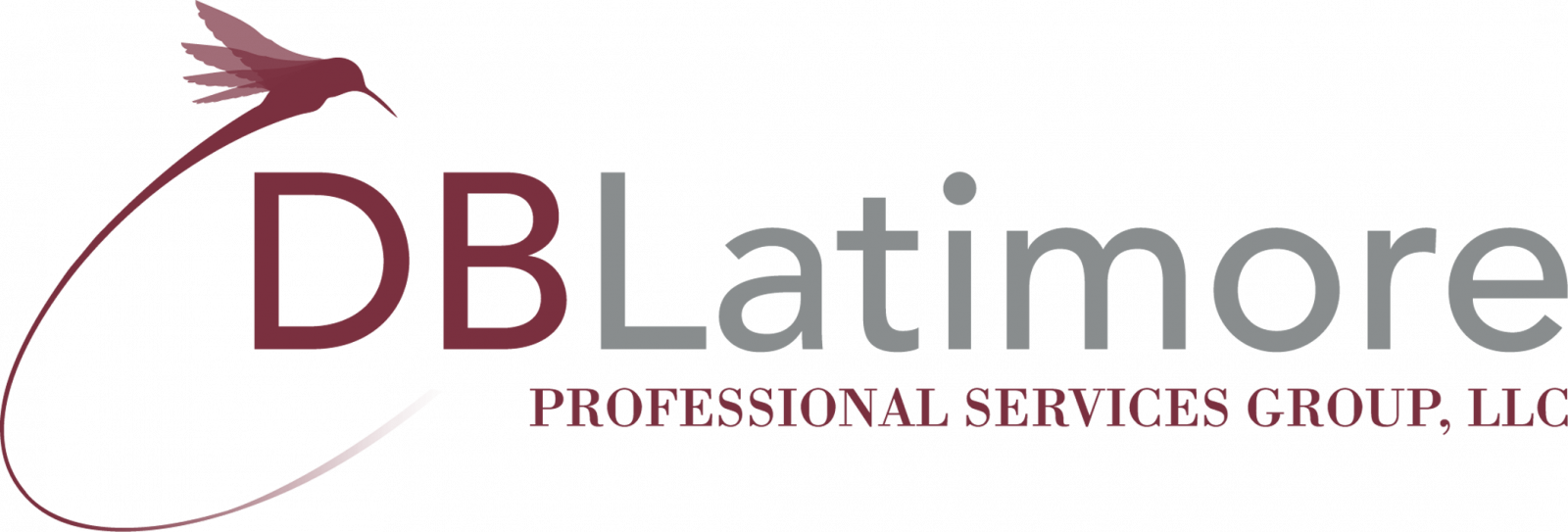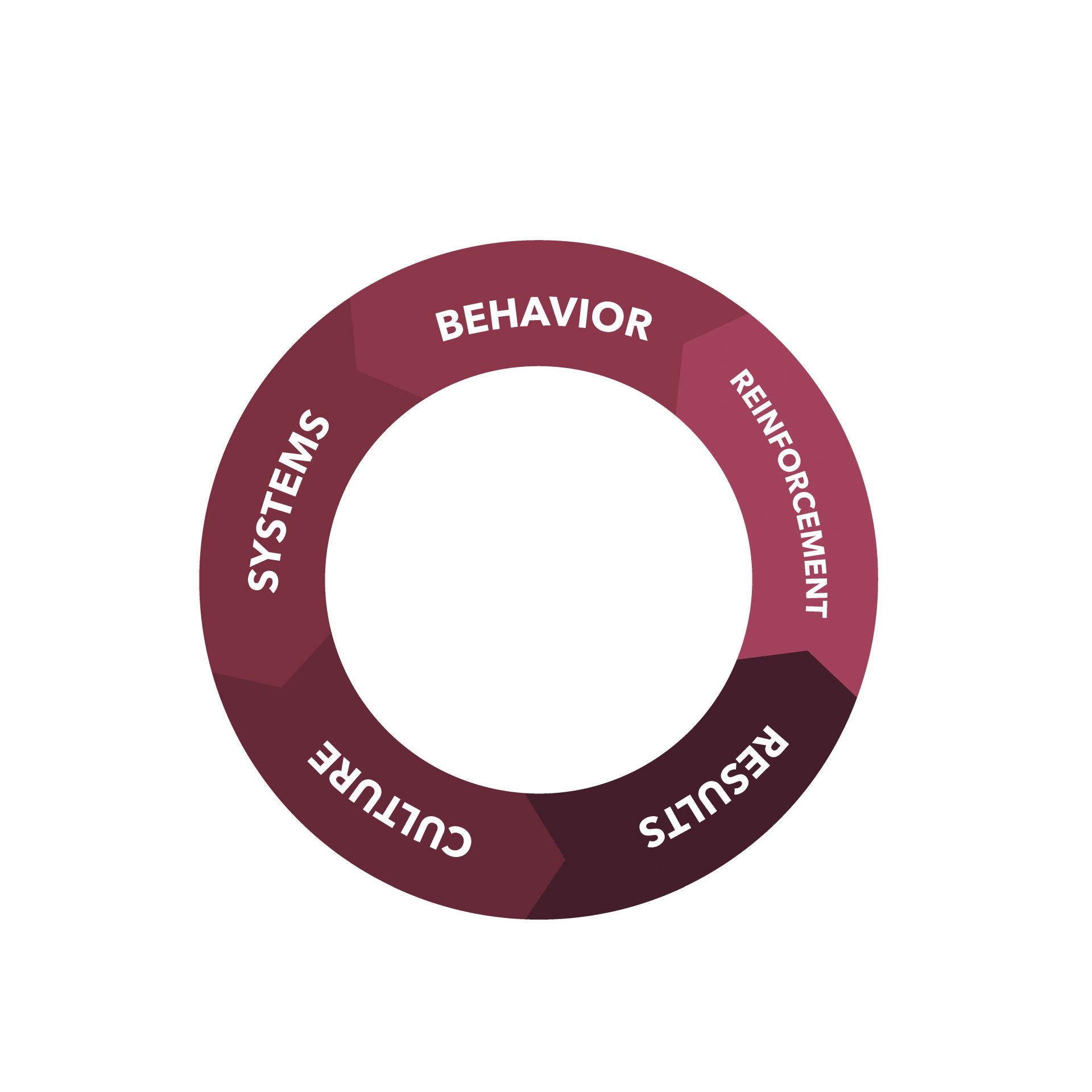During a recent leadership cohort session, we had a robust discussion about accountability—specifically, how it connects to results. The group quickly realized that accountability isn’t just about measuring outcomes or holding people responsible after the fact. It’s about the alignment that makes results possible in the first place.
That conversation stayed with me, because it reflects what I see across many organizations: leaders who are clear on what they want to achieve, but less clear on how the daily behaviors, systems, and cultural cues either reinforce or derail those goals.
Most organizations don’t struggle to start change—they struggle to sustain it.
The plans are sound, the vision is clear, and the communication is well-crafted. But after the first wave of enthusiasm fades, things quietly drift back to how they were.
Not because people don’t care.
Not because the strategy was wrong.
But because the connection between behavior, systems, and culture wasn’t built to last.
Transformation Isn’t a Project
Change is too often managed like a project—with milestones, deliverables, and end dates. But culture doesn’t work that way. Culture is a living system—it breathes, evolves, and responds to how people behave every day.
If the way people work doesn’t shift, neither does the culture.
And if the culture doesn’t shift, the results won’t hold.
That’s why I often remind leaders: transformation isn’t a launch; it’s a loop.
The Behavior–Systems–Culture Loop
Sustained transformation happens when five elements stay connected:
Behavior → Systems → Culture → Results → Reinforcement.
Let’s break that down:
-
Behavior – Every transformation starts with how people show up. The conversations they have. The choices they make when no one is watching. If those behaviors don’t change, nothing else will.
-
Systems – Behaviors need structure. Systems either reinforce or resist the change you want. Leaders often underestimate how much processes, incentives, and communication norms shape behavior.
-
Culture – Over time, behaviors repeated within strong systems create norms—that’s culture. It’s not a list of values on a wall; it’s the pattern of how work gets done.
-
Results – Culture determines outcomes. When behaviors and systems align, performance follows—engagement rises, innovation grows, and accountability becomes natural.
-
Reinforcement – Here’s where most organizations fall short. They measure results but rarely close the loop. Reinforcement—through reflection, recognition, and recalibration—keeps transformation alive.
When any part of this loop breaks, momentum fades. But when it stays connected, culture becomes self-correcting and growth becomes sustainable.
Leaders Set the Loop in Motion
Leadership alignment is the hinge that keeps this loop turning.
If leaders model the right behaviors but systems contradict them—say, rewarding competition over collaboration—the loop breaks. If systems evolve but leaders revert to old habits, the loop breaks again.
It takes intentionality to lead in alignment. And it takes courage to examine where our own systems may be sending mixed signals.
Most importantly, leaders must define the desired behaviors they expect to see reflected across the organization. Without that clarity, people fill in the blanks. And in that space, culture becomes inconsistent, fragmented, and ultimately resistant to change.
From Accountability to Alignment
We often talk about accountability as if it’s a control mechanism—something leaders impose. But true accountability is a product of alignment. It happens when people clearly understand what’s expected of them, how success is defined, and how the organization supports their ability to deliver.
That alignment rests on three essentials—what I call the Accountability Alignment Triangle:
-
Role Clarity: Everyone should know where they add value and how their work connects to organizational outcomes.
-
Behavioral Expectations: Leaders must define how success should look in action—the behaviors that reflect the organization’s values and drive its performance.
-
System Support: Systems, structures, and processes must make it possible for people to do what’s asked of them. When systems conflict with expectations, accountability breaks down.
Leaders are the stewards of this triangle. Their job isn’t only to measure results—it’s to define and model the desired behaviors that make those results possible.
When leaders bring clarity to roles, consistency to behaviors, and coherence to systems, accountability becomes less about compliance and more about commitment. That’s when the organization moves from “doing change” to living it.
A Thought for Leaders
As you reflect on the year ahead, ask yourself:
-
Are the systems in place to support the behaviors we say we value?
-
Do our results reflect the culture we want—or the one we’ve allowed?
-
Are we reinforcing progress, or just reporting it?
Change doesn’t stick because we manage it.
It sticks because we model it, systematize it, and reinforce it.
Behavior builds systems.
Systems shape culture.
Culture delivers results.
Reinforcement sustains transformation.
When that loop holds, your organization doesn’t just change—it evolves.
Bringing It Full Circle
Both the Behavior-to-Business Results Loop and the Accountability Alignment Triangle are explored in my book Human Capital at the Core. Together, they illustrate a simple truth: that performance begins and ends with people—and the systems we create to support them.
When leaders integrate these frameworks, transformation becomes more than a phase. It becomes part of the organization’s DNA—a way of leading, learning, and sustaining results that keeps human capital truly at the core.
About Daphne B. Latimore
Daphne B. Latimore is an Organizational Strategist, author, and Managing Partner of DB Latimore Professional Services Group, a talent and leadership advisory firm that helps organizations align behavior, culture, and strategy to achieve sustainable performance.
With over 30 years of experience in human resources, organizational development, and executive leadership, Daphne serves as a trusted thought partner to executives navigating complexity and cultural transformation. Her work integrates behavioral analytics, leadership coaching, and strategic facilitation to help leaders think clearly, act decisively, and lead with purpose.
She is the author of The Leadership Trilogy — Human Capital at the Core, You Should Be a Coach, and The Power of Presence — a collection that explores how leaders connect people, performance, and culture to create meaningful impact.
Through her frameworks, such as the Behavior-to-Business Results Loop and the Accountability Alignment Triangle, Daphne continues to guide organizations in turning insight into action and transformation into lasting change.



